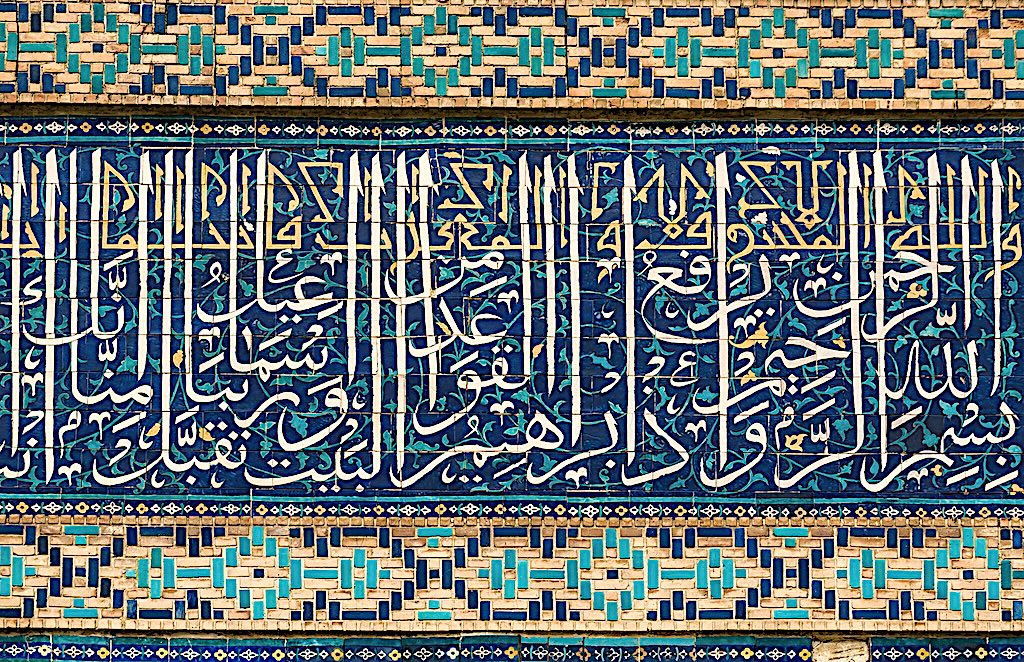ا
Arabic is part of the Semitic language family, which includes Hebrew, Aramaic, and Amharic. It originated in the Arabian Peninsula thousands of years ago and was initially composed of multiple dialects spoken by tribes such as Quraysh, Hudhayl, Tamim, and others.
Before Islam, Arabic thrived as an oral tradition in poetry and rhetoric, with poets hanging their masterpieces on the walls of the Kaaba in what became known as the “Mu‘allaqat”. With the revelation of the Qur’an in Classical Arabic, the Quraysh dialect became the standard, and dialects gradually unified into what we now call Modern Standard Arabic.
During the Islamic Golden Age, Arabic reached new heights, becoming the language of science, philosophy, medicine, and astronomy. Books were translated into Arabic from Greek, Persian, and Indian sources, while Arab scholars contributed thousands of scientific and intellectual terms that enriched human civilization.
Today, more than 400 million people speak Arabic as their mother tongue across 22 countries, and it is an official language of the United Nations. Arabic has inspired many other languages, especially in fields like science, astronomy, and medicine, where numerous Arabic words have been adopted.
إِنَّ اللُّغَةَ العَرَبِيَّةَ جُزْءٌ أَصِيلٌ مِنَ المَجْمُوعَةِ السَّامِيَّةِ الَّتِي تَشْمَلُ العِبْرِيَّةَ وَالأَرَامِيَّةَ وَالأَمْهَرِيَّةَ. وَقَدْ نَشَأَتْ فِي شِبْهِ الجَزِيرَةِ العَرَبِيَّةِ مُنْذُ آلَافِ السِّنِينَ، وَكَانَتْ فِي بَدَايَتِهَا تَتَكَوَّنُ مِنْ لَهَجَاتٍ مُتَعَدِّدَةٍ تَتَحَدَّثُ بِهَا قَبَائِلُ مِثْلُ قُرَيْشٍ وَهُذَيْلٍ وَتَمِيمٍ وَغَيْرِهَا.
قَبْلَ الإِسْلَامِ، ازْدَهَرَتِ التَّقَالِيدُ الشَّفَوِيَّةُ لِلُّغَةِ العَرَبِيَّةِ فِي الشِّعْرِ وَالبَلَاغَةِ، وَكَانَ الشُّعَرَاءُ يُعَلِّقُونَ قَصَائِدَهُمْ عَلَى جُدْرَانِ الكَعْبَةِ فِيمَا يُعْرَفُ بِـ “المُعَلَّقَاتِ”. وَمَعَ نُزُولِ القُرْآنِ الكَرِيمِ بِالعَرَبِيَّةِ الفُصْحَى، أَصْبَحَتْ لَهْجَةُ قُرَيْشٍ هِيَ المِعْيَارَ، وَتَوَحَّدَتِ اللهَجَاتُ تَدْرِيجِيًّا لِتَنْشَأَ “العَرَبِيَّةُ الفُصْحَى”.
فِي العَصْرِ الإِسْلَامِيِّ الذَّهَبِيِّ، ارْتَقَتِ العَرَبِيَّةُ إِلَى أَعْلَى المَرَاتِبِ وَأَصْبَحَتْ لُغَةَ العِلْمِ وَالفَلْسَفَةِ وَالطِّبِّ وَالفَلَكِ. فَقَدْ تُرْجِمَتِ الكُتُبُ مِنَ المَصَادِرِ اليُونَانِيَّةِ وَالفَارِسِيَّةِ وَالهِنْدِيَّةِ، وَأَضَافَ العُلَمَاءُ العَرَبُ آلَافَ المُصْطَلَحَاتِ العِلْمِيَّةِ وَالفِكْرِيَّةِ الَّتِي أَثْرَتِ الحَضَارَةَ الإِنسَانِيَّةَ.
اليَوْمَ، يَتَحَدَّثُ أَكْثَرَ مِنْ ٠٠٤ مِلْيُونِ شَخْصٍ العَرَبِيَّةَ كَلُغَةٍ أُمٍّ فِي أَكْثَرَ مِنْ ٢٢ دَوْلَةً، وَهِيَ لُغَةٌ رَسْمِيَّةٌ فِي الأُمَمِ المُتَّحِدَةِ. كَمَا أَلْهَمَتِ العَرَبِيَّةُ العَدِيدَ مِنَ اللُّغَاتِ الأُخْرَى، خُصُوصًا فِي مَجَالَاتِ العِلْمِ وَالفَلَكِ وَالطِّبِّ، حَيْثُ اسْتَعَارَتْ تِلْكَ اللُّغَاتُ كَلِمَاتٍ عَرَبِيَّةً كَثِيرَةً..
https://forms.gle/TmguRP6ptkm9zsoN8 اختبر نفسك
Test yourself https://forms.gle/uK7dgPiPfx5QmXPR9

